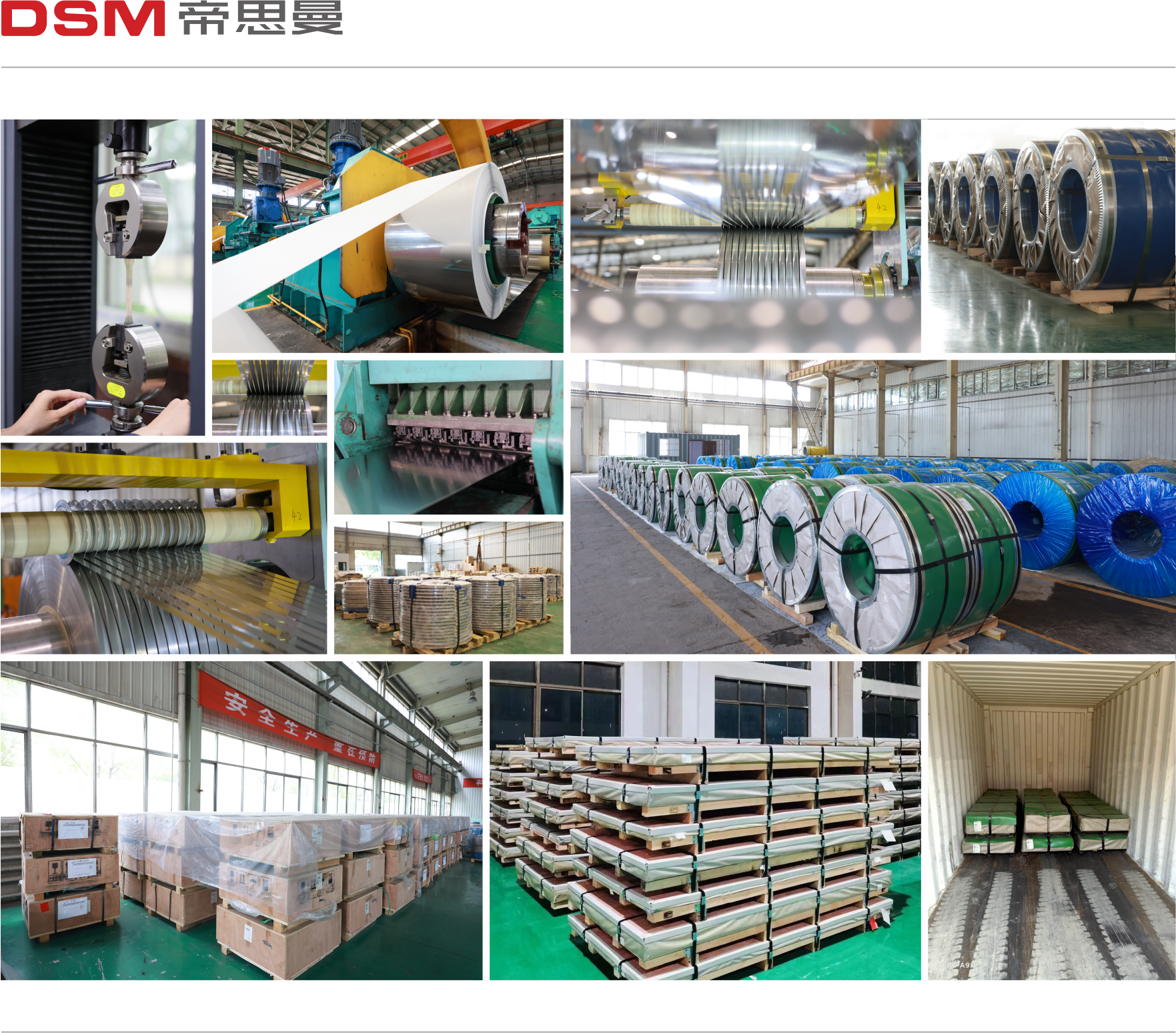| Availability: | |
|---|---|
304H
DSM
1.4948
304H
SUH304H
07Cr19
304H is often used in applications where both corrosion resistance and high-temperature strength are required. Common applications include industrial boilers, pressure vessels, heat exchangers, and components for the chemical and petrochemical industries.
304H stainless steel is a high-carbon variant of the widely used 304 stainless steel, which falls under the austenitic stainless steel category. The "H" in 304H denotes its higher carbon content. The standard composition of 304 stainless steel includes about 18% chromium and 8% nickel, providing excellent corrosion resistance and good formability. The addition of carbon in 304H enhances its high-temperature strength.
Standards
EU EN | JAPAN JIS | China GB | USA ---- |
| 1.4301 | SUS 304 | 06Cr19Ni10 | 304 |
Chemical Composition
| Grade | C≤% | Si≤% | Mn≤% | P≤% | S≤% | Ni≤% | Cr % |
| 304 | 0.08 | 1.00 | 2.00 | 0.045 | 0.030 | 8.00-10.50 | 12.00-14.00 |
Mechanical properties
| Hardness | Tensile strength(Min) | Yield Strength(Min) | Elongation(Min)% | Hardness | ||
| Mpa | Mpa | <0.4mm | 0.4-0.8mm | ≥0.8mm | HV (Min) | |
| 1/2 H | 860 | 515 | 10 | 10 | 12 | 250 |
| 3/4 H | 1035 | 760 | 6 | 7 | 7 | 310 |
Applications: 304H is often used in applications where both corrosion resistance and high-temperature strength are required. Common applications include industrial boilers, pressure vessels, heat exchangers, and components for the chemical and petrochemical industries.
It's crucial to consider the specific requirements of your application when choosing a stainless steel grade, as different compositions are better suited for particular conditions.

304H stainless steel is a high-carbon variant of the widely used 304 stainless steel, which falls under the austenitic stainless steel category. The "H" in 304H denotes its higher carbon content. The standard composition of 304 stainless steel includes about 18% chromium and 8% nickel, providing excellent corrosion resistance and good formability. The addition of carbon in 304H enhances its high-temperature strength.
Standards
EU EN | JAPAN JIS | China GB | USA ---- |
| 1.4301 | SUS 304 | 06Cr19Ni10 | 304 |
Chemical Composition
| Grade | C≤% | Si≤% | Mn≤% | P≤% | S≤% | Ni≤% | Cr % |
| 304 | 0.08 | 1.00 | 2.00 | 0.045 | 0.030 | 8.00-10.50 | 12.00-14.00 |
Mechanical properties
| Hardness | Tensile strength(Min) | Yield Strength(Min) | Elongation(Min)% | Hardness | ||
| Mpa | Mpa | <0.4mm | 0.4-0.8mm | ≥0.8mm | HV (Min) | |
| 1/2 H | 860 | 515 | 10 | 10 | 12 | 250 |
| 3/4 H | 1035 | 760 | 6 | 7 | 7 | 310 |
Applications: 304H is often used in applications where both corrosion resistance and high-temperature strength are required. Common applications include industrial boilers, pressure vessels, heat exchangers, and components for the chemical and petrochemical industries.
It's crucial to consider the specific requirements of your application when choosing a stainless steel grade, as different compositions are better suited for particular conditions.

